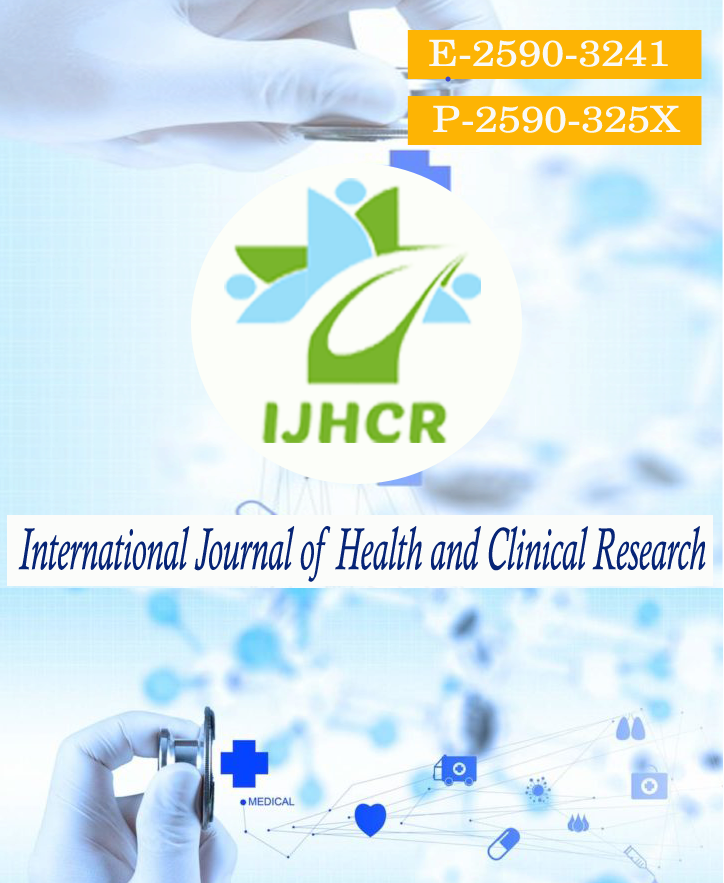A Comparison of efficacy and side effects of Drotaverine hydrochloride and valethamate bromide in augmentation of labour
Keywords:
Drotaverine, valethamate bromide, labour, cervical dilation.Abstract
Objective: To evaluate and compare the effects of Drotaverine hydrochloride and valethamate bromide on cervical dilation and shortening the duration of labour.Materials & Method: Total of 100 primigravida patients in second stage of labour were included in the study and were divided into two groups randomly with 50 patients in each. After a detailed history and examination group A women were given injection drotaverine IM every two hours for maximum of 03 doses and group B were given valethamate bromide 8 mg with maximum of 3 doses half hourly apart. Various parameters of duration of labour, mode of delivery, maternal & fetal complications were compared in both groups.Result: Injection to delivery interval were significantly reduced in group A compared to group B. The rate of cervical dilation was more in drotaverine group than Valethamate bromide group. There was no major side effects in any group but minor side effects like tachycardia and nausea were more common in Valethamate Bromide group than drotaverine group.Conclusion: Both Drotaverine Hydrochloride & Valethamate Bromide are effective in acceleration of active Phase of labour but Drotaverine Hydrochloride accelerates more with less side effects. Reduction of pain during labour is better with Drotaverine Hydrochloride when compared with Valethamate Bromide.
Downloads
Published
How to Cite
Issue
Section
License
Copyright (c) 2021 Pratibha Prakash, Renu Rohtagi

This work is licensed under a Creative Commons Attribution 4.0 International License.






 All articles published in International Journal of Health and Clinical Research are licensed under a
All articles published in International Journal of Health and Clinical Research are licensed under a 